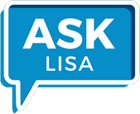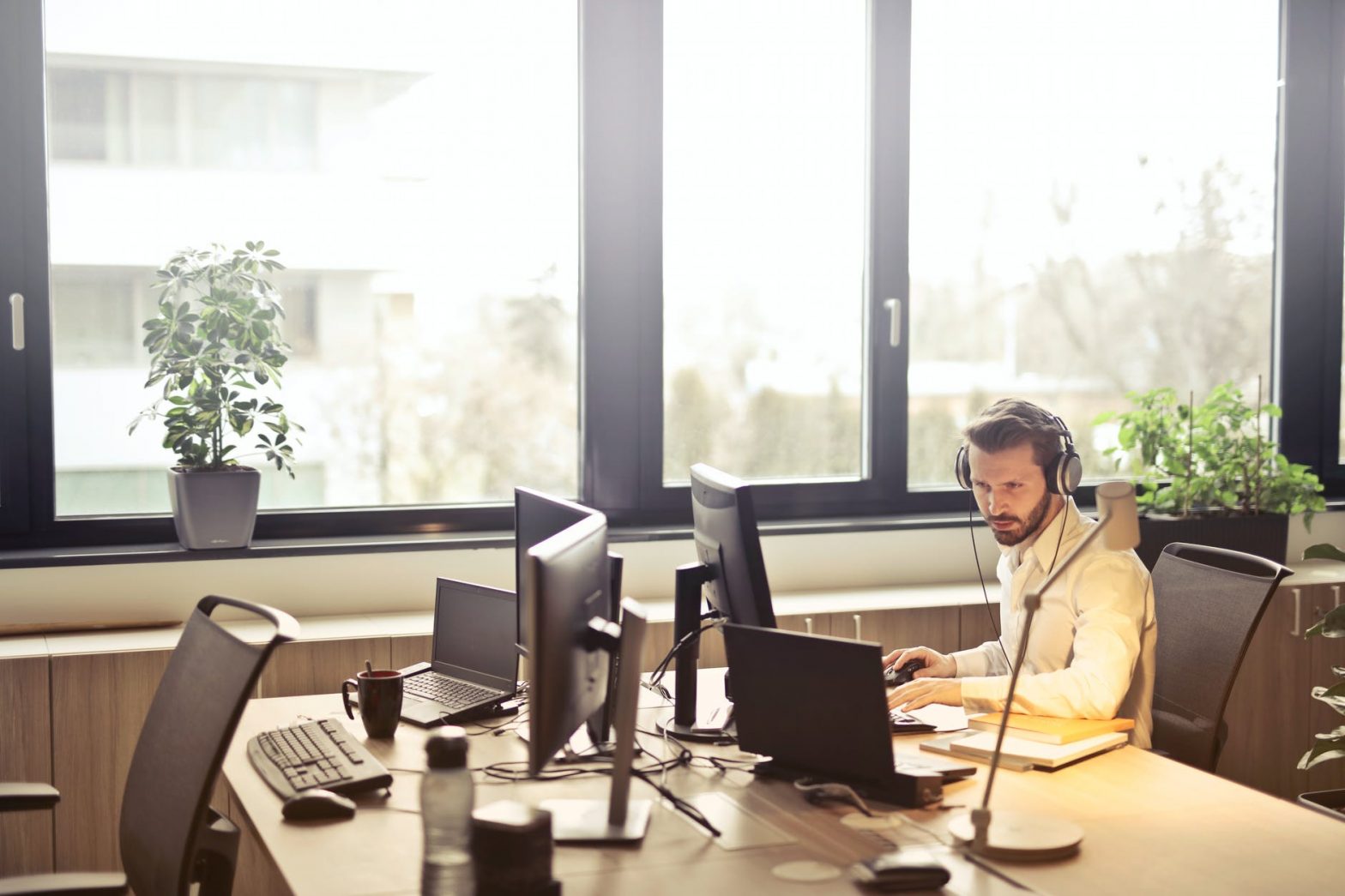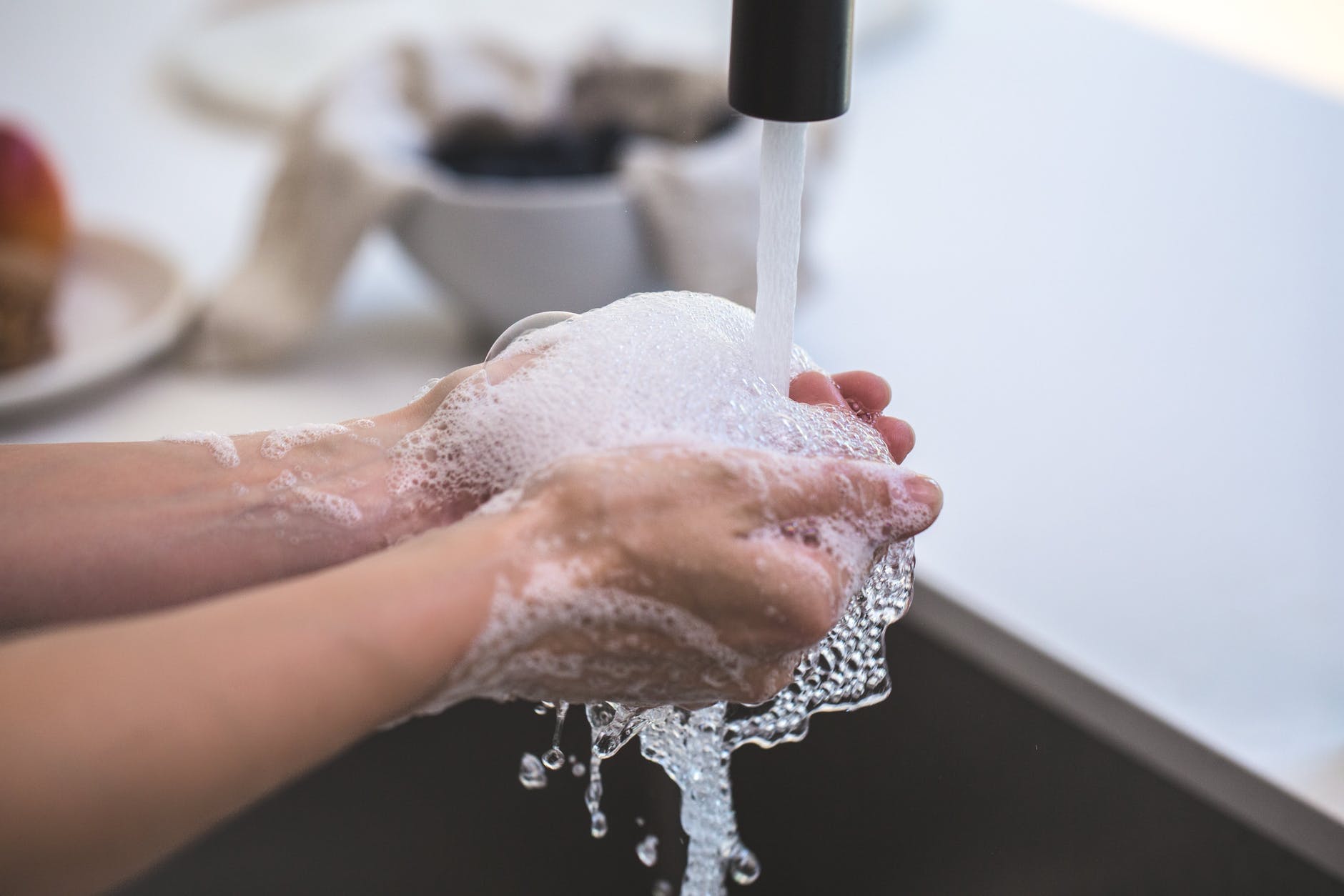The workforce in England is still being told to work from home where they possibly can, a rule which will come as a relief to most people as the struggle against COVID-19 continues.
However, some people will be going into work now that Boris Johnson has encouraged those who cannot do their jobs from home to cautiously return. It is vital that employers take every measure possible to ensure their employees are coming into safe and clean workspaces.
In many cases, cleaning companies may be hired to ensure maximum peace of mind for everyone returning to work – but where this is not an option the below guidance should be followed in order to get your working area safely cleaned and ready for your employees to come back to.
Only certain people should be going to the office
Consider who is needed to be on-site; for example:
Workers in roles critical for business and operational continuity, which cannot be done from home. Or workers in similarly essential positions, who are unable to work from home due to external circumstances.
The less people in the workspace the better, is the general rule.
Preparing to clean
- Wear disposable or washing-up gloves and aprons for cleaning, along with a face mask. These should be double-bagged, then stored securely for 72 hours then thrown away in the regular rubbish after cleaning is finished. Use shoe coverings if you can as well.
- Open any windows you can to get some air flowing through the property.
- Using a disposable cloth, first clean hard surfaces with warm soapy water. Then disinfect these surfaces with the cleaning products you normally use. Pay particular attention to frequently touched areas and surfaces, such as bathrooms, grab-rails in corridors and stairwells and door handles.
- If an area has been heavily contaminated, such as with visible bodily fluids, use protection for the eyes, mouth and nose, as well as wearing gloves and an apron while cleaning.
- Wash hands regularly with soap and water for 20 seconds, and after removing gloves, aprons and other protection used while cleaning
Avoid creating splashes or spray when cleaning, as this can create new contaminated areas which are hard to keep track of.
Any cloths and mop heads used must be disposed of and should be put into waste bags.
When items cannot be cleaned using detergents or laundered, for example, upholstered furniture and mattresses, steam cleaning should be used.
Any items that are heavily contaminated with body fluids and cannot be cleaned by washing should be disposed of.
Hygiene: hand-washing, sanitation facilities and toilets
Using signs and posters to build awareness of good handwashing technique, the need to increase handwashing frequency, avoid touching your face and to cough or sneeze into a tissue which is binned safely, or into your arm if a tissue is not available.
Other suggested methods to keep the workplace clean:
- Providing regular reminders and signage to maintain personal hygiene standards.
- Providing hand sanitiser in multiple locations in addition to washrooms.
- Setting clear use and cleaning guidance for toilets to ensure they are kept clean and social distancing is achieved as much as possible.
- Enhancing cleaning for busy areas.
- Providing more waste facilities and more frequent rubbish collection.
- Providing hand drying facilities – either paper towels or electrical driers.
- Personal deliveries to the workplace should be kept to a minimum.
Deliveries to other sites
- Put procedures in place to minimise person-to-person contact during deliveries to other sites. For example, arranging pick up points in advance, and keeping 2 metres between you and workers from other companies.
- Maintaining consistent pairing where 2-person deliveries are required.
- Minimising contact during payments and exchange of documentation, for example, by using electronic payment methods and electronically signed and exchanged documents.
- Communicating over the phone with workers from other companies, rather than face to face.
If you know a person in your workspace has had coronavirus
You should take extra care when cleaning, and make sure to double up on gloves and wear a face mask and apron.
Disposing of waste:
Waste from possible cases and cleaning of areas where possible cases have been (including disposable cloths and tissues):
- Should be put in a plastic rubbish bag and tied when full.
- The plastic bag should then be placed in a second bin bag and tied.
- It should be put in a suitable and secure place and marked for storage until the individual’s test results are known.
Waste should be stored safely and kept away from children. You should not put your waste in communal waste areas until negative test results are known or the waste has been stored for at least 72 hours.
- if the individual tests negative, this can be put in with the normal waste
- if the individual tests positive, then store it for at least 72 hours and put in with the normal waste
If storage for at least 72 hours is not appropriate, arrange for collection as a Category B infectious waste either by your local waste collection authority if they currently collect your waste or otherwise by a specialist clinical waste contractor. They will supply you with orange clinical waste bags for you to place your bags into so the waste can be sent for appropriate treatment.
After you have cleaned, create a list of rules
If you want your employees to keep their office space clean and tidy, you should create and implement a set of rules that everyone will need to follow. This will include disposing of all rubbish in the correct bins.
This means separating everything out in the relevant recycling bin. If there is a shared kitchen space, employees need to take responsibility for cleaning any cups, plates, or utensils that they may have used. Food waste should be cleared away and disposed of safely, and bins should be emptied if you find them to be full.
Along with the bins, you should encourage employees to frequently wash hands and also wipe down their workstations at least once a day, but more where possible.
You can find the government’s full guidance for workplace safety here.
Different guidance for different workplaces
While this guidance focuses mostly on an office type working environment, there are other methods employers and employees can use to keep different working environments, such as factories or building sites, safe for workers.
We will be releasing guidance for these working environments in the coming days.
Have any questions? We are here to help!
We are operating as usual, and you can reach us on 020 7928 0276 or email in to info@lisaslaw.co.uk.
Or, why not download our free app today? You can launch a new enquiry, scan over documents and much more.
If you have an iPhone, follow this link to download.
If you use an Android phone, follow this link to download.
Find the link here if you need some further instructions on how to use our new app!






Oprogramowanie do zdalnego monitorowania telefonu komórkowego może uzyskiwać dane docelowego telefonu komórkowego w czasie rzeczywistym bez wykrycia i może pomóc w monitorowaniu treści rozmowy.